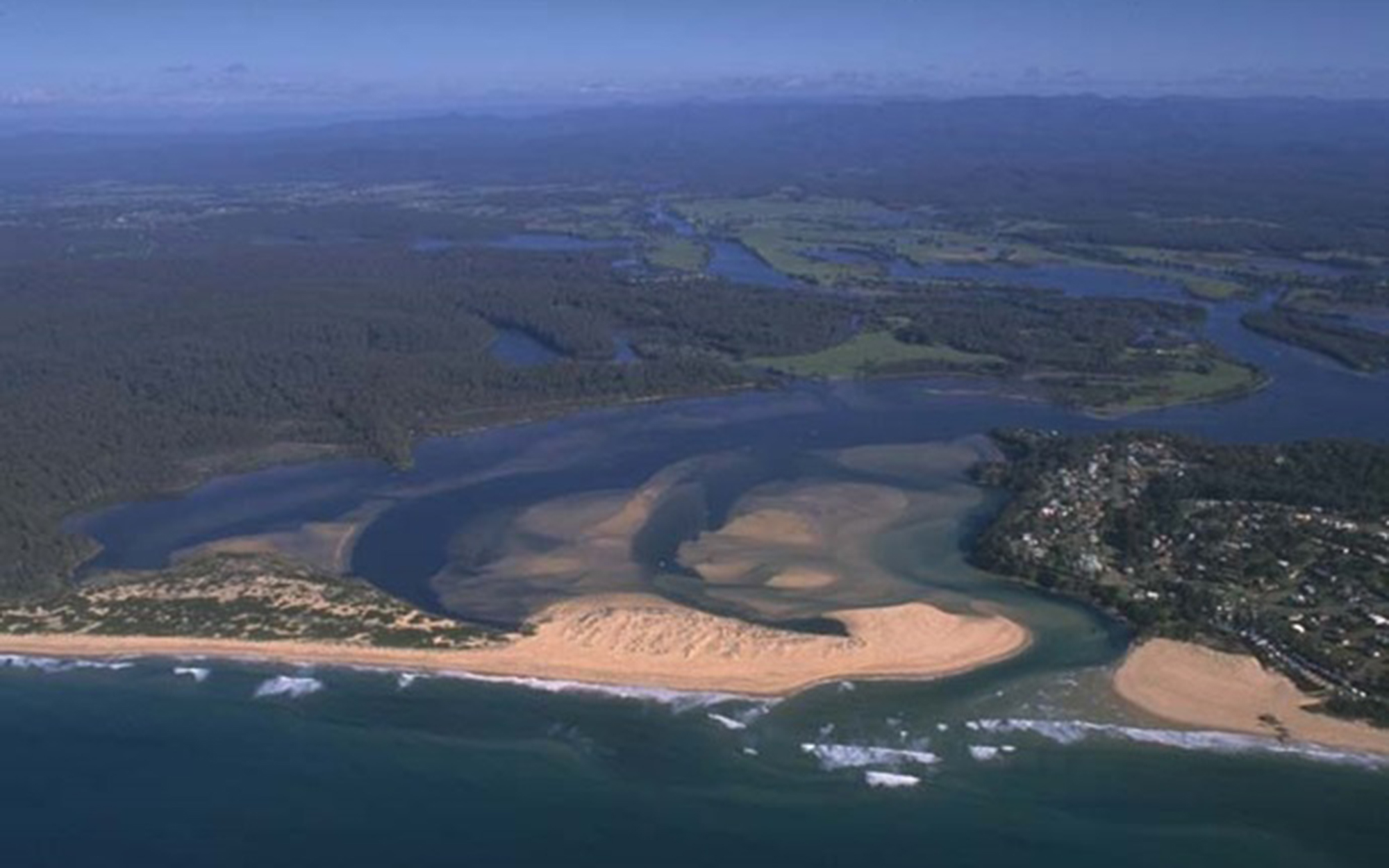The NSW Government is committed to improving water management in coastal catchments in the context of a growing population and climate change. Sustainable water management in coastal catchments is being reviewed to ensure that water extraction limits can sustain ecological processes and maximise economic and community benefits for the future.
What we have delivered in 2022-2023
Coastal harvestable rights
Harvestable rights allow landholders to capture and store a set volume of rainfall run-off on their properties without a need for a licence or certain approvals. It is important to understand what a sustainable level of water capture in coastal catchments is to ensure effective water management and drought resilience.
Over the reporting period the NSW Government made changes to coastal harvestable rights limits by reducing the amount of rainfall run-off that can be harvested to 10 percent. Further work to improve our understanding of water requirements will be undertaken to ensure we make robust water management decisions on sustainable extraction limits. This change in approach will ensure we have the most up to date information to guide the allocation of water in coastal catchments.
Work will progress in the coming years to review sustainable extraction limits in coastal catchments that include assessing climate change risks, so the needs of the environment and the community can be met into the future.
Sustainable extraction in coastal catchments
Understanding sustainable levels of water extraction in coastal catchments will inform robust water management decisions and the NSW Government is committed to setting sustainable extraction levels.
This work is being prioritised on a risk basis, and where data is already available. It will guide maximising water resource development within ecological limits, ensure equitable sharing, provide greater certainty of water access over time, and identify if and where additional water access could be made available.
Importantly, doing this work now also allows us to consider the needs of water users, Aboriginal communities, businesses, and the environment – making sure that water is shared equitably and in a way that doesn’t disadvantage others.
The Natural Resources Commission (NRC) has been calling for a review of coastal extraction limits and the introduction of numeric and sustainable extraction limits in coastal catchments since 2018. Sustainable levels of extraction have also been recommended in coastal regional water strategies.
Determining a method for establishing sustainable extraction is complex work and legacy data is poor.
Work is underway and during the reporting year phase 1 was completed. This included a review of methods implemented by other jurisdictions to limit extraction and a stocktake of existing environmental water requirements in coastal NSW.
A second phase of work is in progress and involves developing detailed project plans (including integrating new coastal modelling and climate data), governance (including interagency working group), a community engagement program and setting up a dedicated team to undertake the work.
Over the coming years a preferred method for determining sustainable extraction levels will be identified along with an implementation program to roll out across coastal areas.
Replacement of coastal water sharing plans
Seven coastal unregulated, regulated and groundwater water sharing plans were replaced and commenced 1 July 2023, including Bega and Brogo, Murrah-Wallaga, Towamba, Greater Metropolitan Region Unregulated Rivers, Greater Metropolitan Region Groundwater, Tweed and Richmond.
In the Bega area, the water sharing plan now specifically maximises the opportunities for licensed on-farm storage, extraction from high flows and trading while maintaining the requirement to protect the water source and its dependent ecosystems in accordance with the Water Management Act 2000. This inclusion follows community consultation regarding previous limitations for on-farm water storage.
Support following flooding
The NSW Government is also supporting local councils in the Northern Rivers following recent flooding events and is working closely with the NSW Reconstruction Authority to fix flood impacted water and sewerage infrastructure across the region.
Contribution to water strategies
- Regional water strategies
- Identify environmental water needs to support healthy coastal waterways
- Establish sustainable extraction limits for surface water and groundwater sources
- Reduce the take of low flows
- Address catchment-based impacts of increased harvestable rights limits
